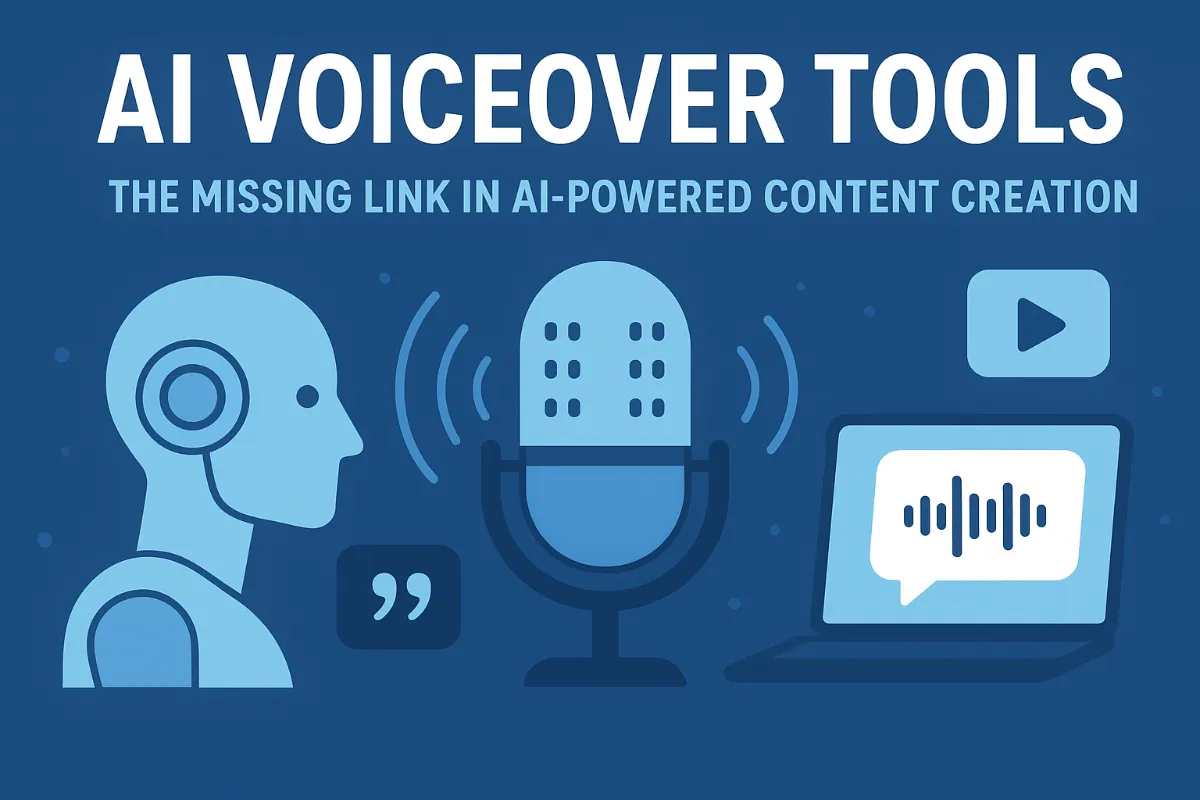Unlocking Content Brilliance AI-Driven Personalization Strategies
TL;DR
Unlocking Content Brilliance: AI-Driven Personalization Strategies
The Core of AI in Content Personalization
AI is kinda everywhere these days, right? It's even changing how we get our content.
- AI algorithms are used to tweak content, so it's more up your alley based on what you like and do. For instance, an algorithm might notice you click on articles about sustainable living and then start showing you more of that kind of content, even if it's not directly related to your initial search.
- Machine learning helps figure out what kinda content you'd probably dig. It learns from your past interactions – what you read, what you share, what you ignore – to predict what you'll find engaging next. Think of it like a friend who knows your taste so well they can pick out a movie you'll love without you even asking.
- Natural Language Processing (NLP), or nlp, helps ai understand and write stuff that sounds, well, human. This means ai can analyze the sentiment in customer reviews to understand what people are happy or unhappy about, or it can generate personalized email subject lines that sound like they were written by a person, not a robot.
Personalized content makes for a better user experience, like, duh. AI makes sure the right content gets to the right folks, which is pretty neat. Marketing gets way more efficient when content is tailored, no doubt.
So, that's the basic of how ai is shaking up content personalization; now, let's get into how it improves marketing and scales.
Advantages of Scalable Content Personalization Using AI
AI's changing the game, no doubt. How does it scale content personalization, though?
AI helps deliver the right content to each person, which can really boost marketing efficiency. Instead of sending the same generic email to thousands, AI can tailor each message based on an individual's past purchases or browsing history, leading to higher engagement. Conversion rates go up 'cause of personalized messages—it's like they're made just for you! Plus, you're creating a more personal connection with visitors, making them feel seen and understood.
So, now that you know how AI enhances connections, let's dive into the advantages of scalable content personalization using ai.
Step-by-Step Guide: AI Generating Tailored Content
Alright, so you're probably wondering how ai actually crafts content that feels like it's made just for you, right? Here's a step-by-step look at how it goes down.
First off, ai needs to get to know who it's talking to. That means building audience profiles.
- AI analyzes vast amounts of data to construct these profiles. It uses demographic data—age, location, profession—to get a basic picture.
- Then, it layers in behavioral data, like what pages people visit, how long they stick around, what they click on, and purchase patterns. For example, if someone repeatedly visits pages about hiking gear, the AI will note this interest.
- Customer feedback and reviews get thrown into the mix, too. NLP helps the AI understand the sentiment and key topics in these comments, so it grasps what folks are struggling with and what they really need.
Next up, it's about making sure the main content is on point.
- AI helps sprinkle those important keywords throughout the text, suggesting them based on what the target audience is searching for and what's relevant to their profile.
- Clear headings are a must. AI can even suggest optimized headings that are both informative and engaging for specific audience segments.
- Throw in some killer images and videos to keep people hooked. AI can help select or even generate visuals that resonate with the user's inferred interests.
Here's where the magic happens. AI can whip up different versions of the same content, all tweaked for different audiences.
- It customizes the content to match your brand identity and voice, so everything feels consistent.
- Then, it uses what it's "learned" about your audience to offer custom alternatives that should be right up their alley. For instance, if a user profile indicates a preference for concise explanations, the AI might generate a shorter, more direct version of an article.
But wait, it's not set it and forget it. You gotta double-check what the ai spits out.
- Verify the ai-generated results to find any weird stuff or spots for improvement. This might involve checking for factual accuracy or ensuring the tone is appropriate.
- Compare those results with predefined standards to keep the quality high.
- User and stakeholder feedback is key here, too. It helps make sure the content is really hitting the mark.
So, ai can help you generate tailored content, that’s awesome, but how do you evaluate results?
Navigating Challenges and Solutions in AI Personalization
Okay, so ai personalization isn't all sunshine and rainbows, right? There's a few bumps in the road, but hey, every good thing does.
- Data Privacy Concerns: Making sure user data is safe is, like, super important. Encryption can scramble data so nobody can read it, protecting sensitive information. Anonymization helps too; it lets you use the data without knowing who it belongs to, reducing the risk of individual identification. And yeah, gotta follow the rules, like GDPR and CCPA.
- Model Staleness and Accuracy: AI models need constant learning to get better; keep feeding them data! Real-time feedback helps AI correct course on the fly, ensuring recommendations stay relevant. Using multi-modal data (text, images, user behavior) gives a clearer picture than just one type of input.
- Adaptability and Reach: Adaptive algorithms are your friend for different formats and user behaviors. Multi-modal AI handles text, images, videos—the whole shebang—allowing for richer personalization. Make sure it works everywhere, from phones to desktops, ensuring a consistent experience.
- Infrastructure and Performance: Cloud-based infrastructure can really help you handle more data and processing power. Scalable computing resources means you can grow without breaking a sweat. Optimize those algorithms, so they are not chugging along, ensuring fast delivery of personalized content.
So, with these challenges addressed, what about measuring the success of ai-driven personalization?
Future Trends in AI-Driven Content
Okay, so what's next for ai and content? The future is looking pretty interesting, actually.
- AI algos will become even better at understanding what you like, and content will be matched more precisely. Imagine an AI that can predict not just what you'll click on, but what emotional tone will resonate most with you at a given moment.
- Expect advancements in NLP, which will help AI really get what users are after, understanding nuances, sarcasm, and complex queries. This means digital marketing gets smarter, reaching the right people with more relevant stuff.
According to IBM, AI is being used across industries to create relevant product recommendations. For example, e-commerce sites use AI to analyze your browsing and purchase history to suggest items you're likely to buy, increasing sales and customer satisfaction.
So, with AI set to keep shaking things up, what's next?
Case Studies: Amazon and Netflix
Ever wonder how some companies just get you? Well, AI is probably involved. Let's see how Amazon and Netflix do it.
- Amazon uses AI to analyze what you buy, what you look at, and how long you stare at stuff. This data helps them suggest stuff you might like; it's why you suddenly need that thing you didn't even know existed. Their recommendation engine is a prime example of ML in action, constantly refining its understanding of your preferences.
- Netflix does something similar, figuring out what shows and movies you're into. Their AI analyzes viewing habits, ratings, and even the time of day you watch to curate a personalized homepage that keeps you hooked.
These personalized recommendations can really boost customer engagement and sales. It's all about giving you more of what you already seem to love.
So, that's how Amazon and Netflix use AI—what are future trends?
Elevate Your Content Strategy with LogicBalls
LogicBalls, huh? Sounds kinda out there, right? But it's about using AI to make your content way better.
LogicBalls can seriously change how you make content. It can give you access to AI copywriting tools that help generate blog post outlines, social media captions, or even product descriptions tailored to specific audience segments. For example, you could use their AI to create three different versions of a Facebook ad, each targeting a slightly different demographic based on their inferred interests.
Social media content creation becomes easier, which is always a plus.
Multi-language support means you can reach a global audience that you may not have been able to connect with before. The AI can translate and adapt content to be culturally relevant for different regions.
It democratizes content creation, so anyone can write professionally.
Benefit from 5000+ AI-powered tools; that's a lot of tools!
Create SEO-optimized content, helps you get seen online. The AI can suggest keywords and optimize headings based on search trends and your target audience.
Generate high-quality written content fast, even if you're not a tech whiz.
Ready to take your content to the next level? Let's see how LogicBalls stacks up.
Ethical Considerations and Best Practices
AI's potential is huge, right? But, like, how do we make sure we're not being creepy with all this personalization?
Ensure Transparency: About how you're using user data. People should know what's up. This means clear privacy policies and opt-out options.
Adhere to Ethical AI Practices: It's not just about what can be done, but what should be done, ya know? This involves a commitment to fairness and avoiding manipulative tactics.
Balance Personalization with Respect: Nobody wants to feel stalked by ads, right? It's about finding that sweet spot where personalization feels helpful, not intrusive.
Address Challenges like Bias and Consent: AI models can accidentally learn prejudices if you ain't careful. For instance, if training data disproportionately features certain demographics in specific roles, the AI might perpetuate those stereotypes in generated content. To mitigate this, we need diverse datasets and ongoing bias detection. Consent is managed by clearly informing users about data collection and usage, and obtaining explicit permission before personalizing content based on sensitive information.
Build Fair and Inclusive AI Systems: The goal is to make tech that works for everyone, not just some folks. This means actively working to identify and correct biases in algorithms and data.
Maintain Customer Confidence: Through responsible AI practices. Trust is, like, super important.
It's about making sure this AI personalization stuff is used for good. It can really boost user experiences and marketing, but only if it's done right.
So, as you move forward with AI-driven content strategies, keep these ethical considerations in mind. By prioritizing transparency, fairness, and user consent, we can harness the power of AI to create truly brilliant and trustworthy content that resonates with individuals, ultimately contributing to a better, more trustworthy digital world.




